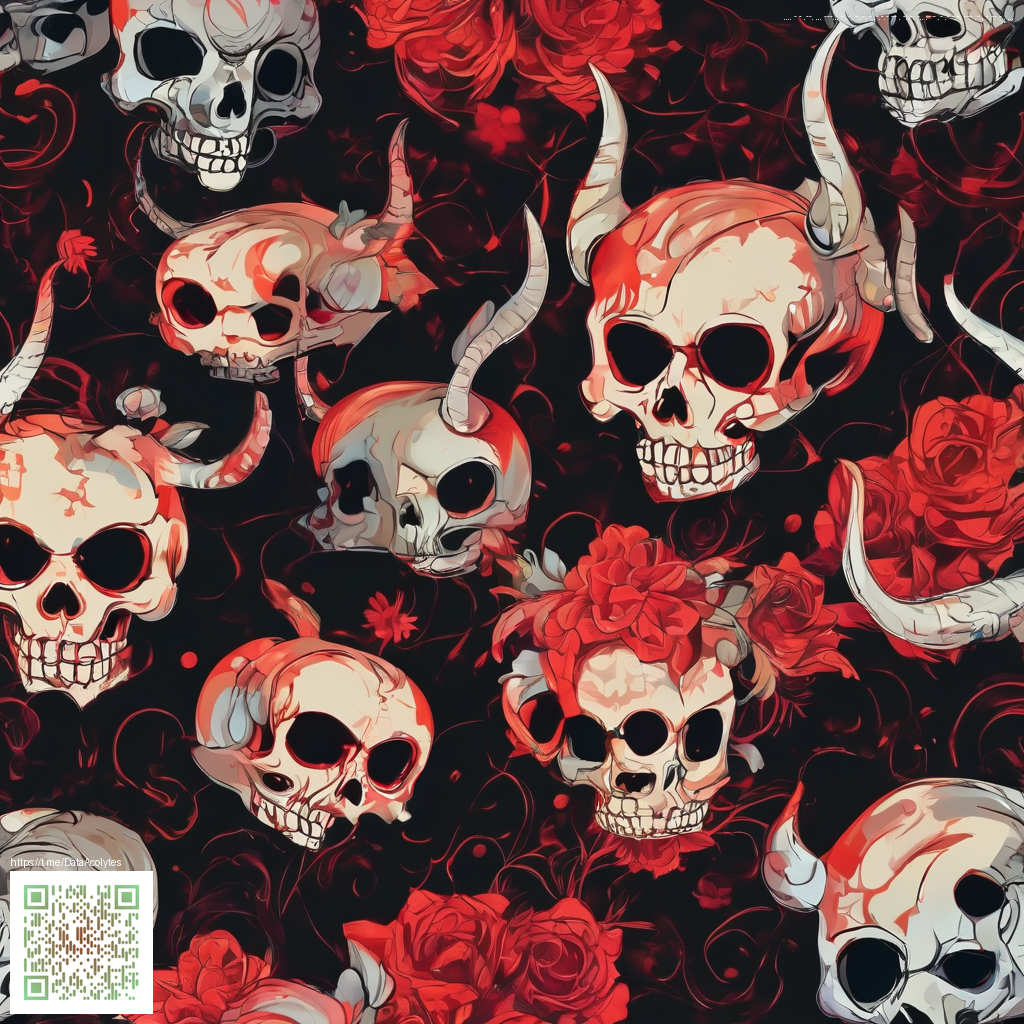
Designing Digital Planners Customers Will Love
In a world that moves at the pace of a tap, digital planners have to do more than just look good on a screen. They must feel effortless to use, adapt to different workflows, and actually help people finish tasks rather than accumulate screens’ worth of ideas. The best planners ground complex planning into simple, delightful actions. As you design a planner that customers will love, start with empathy for real-life rhythms: how people switch between work, personal life, and the moments in between that deserve a little intention.
What customers actually crave in a digital planner
True love for a digital planner comes from clarity, flow, and reliability. Users want to know where to start, how to navigate quickly, and how to pick up where they left off without hunting through menus. When you map these needs, you’ll see that the easiest planners aren’t the ones with the most features; they’re the ones that respect attention spans and time scarcity. A practical approach is to design with daily rituals in mind—habit trackers, time blocks, and goal reminders that feel integrated rather than tacked on.
“A great planner is less about flashy widgets and more about a frictionless journey from intention to action.”
To translate this into design, consider how a user migrates through a day. The interface should offer a clean entry point—one tap to create a plan for the day, one glance to review the week, and one touch to reflect on progress. When you structure content around these moments, you reduce cognitive load and increase engagement. For a quick reference, a design inspiration page can help you see how others balance simplicity with depth.
Principles that scale across devices
- Consistency in layout: Use a grid that remains predictable across screens, so users don’t have to relearn navigation when they switch from phone to tablet. A solid grid reduces decision fatigue and makes customization feel intentional rather than chaotic.
- Typography with purpose: Choose legible typefaces, generous line height, and ample contrast. Your planner should feel calm on a bright afternoon and still be readable in low-light situations when people are planning on the go.
- Flexible templates: Offer a handful of starter layouts—daily pages, weekly spreads, and project dashboards—that users can remix. Allow drag-and-drop rearrangements so planning feels like a personal toolkit rather than a rigid regiment.
- Sticky navigation: Quick-access menus, persistent search, and sensible jump anchors help users bounce around without losing their place. The goal is to enable rapid decisions, not prolonged deliberation.
- Accessibility: Ensure sufficient color contrast, keyboard navigability, and screen reader compatibility. A planner’s power should be accessible to everyone, including users who rely on assistive tech.
Turning ideas into a practical design plan
Start by outlining user goals: capture tasks, schedule meetings, track habits, and reflect weekly. Then translate those goals into modules—each with clear entry points and outcomes. Use a modular approach so users can tailor their planner without feeling overwhelmed. Consider a few concrete steps:
- Map key user journeys: onboarding, daily planning, weekly review, and long-term planning.
- Prototype with real devices: test touch targets, font sizes, and gesture controls on both phones and tablets.
- Incorporate micro-interactions: gentle haptics or subtle animations can signal task completion without becoming distracting.
- Offer companion accessories for mobile testing: a practical option to explore is the Phone Click-On Grip Adhesive Phone Holder Kickstand, which helps users prototype planning on the go. The product page provides a ready-made example for how hardware can support digital planning workflows.
When you weave accessibility, consistency, and flexibility into the core structure, you create a planner that not only looks polished but also helps people stay organized in the way they actually operate. If you’re curious about how a physical accessory can influence digital interactions, you can explore related ideas and product partnerships that support mobile usability and ergonomic testing.
Practical tips for designers and product teams
- Design for two primary modes: focus mode (minimal UI) and planning mode (full toolkit). People switch between them frequently, so the transition should be smooth and intuitive.
- Provide multiple color themes with accessible palettes. Let users save their preferred theme as a default, but keep a live preview to show them how it changes the page’s readability.
- Offer export options: print-ready layouts for offline planning or CSV/calendar exports for synchronization with external apps.
- Support onboarding with a short, friendly tour that highlights the main features without overwhelming new users.
As you revise your design, remember that the best digital planners feel like trusted tools rather than novelty apps. They respect users’ time, adapt to different contexts, and offer a consistent sense of control—no matter where planning happens. And for teams exploring real-world testing, a compact accessory such as the Phone Click-On Grip Adhesive Phone Holder Kickstand can serve as a tactile companion during usability sessions, illustrating how mobile usage shapes planning behavior.